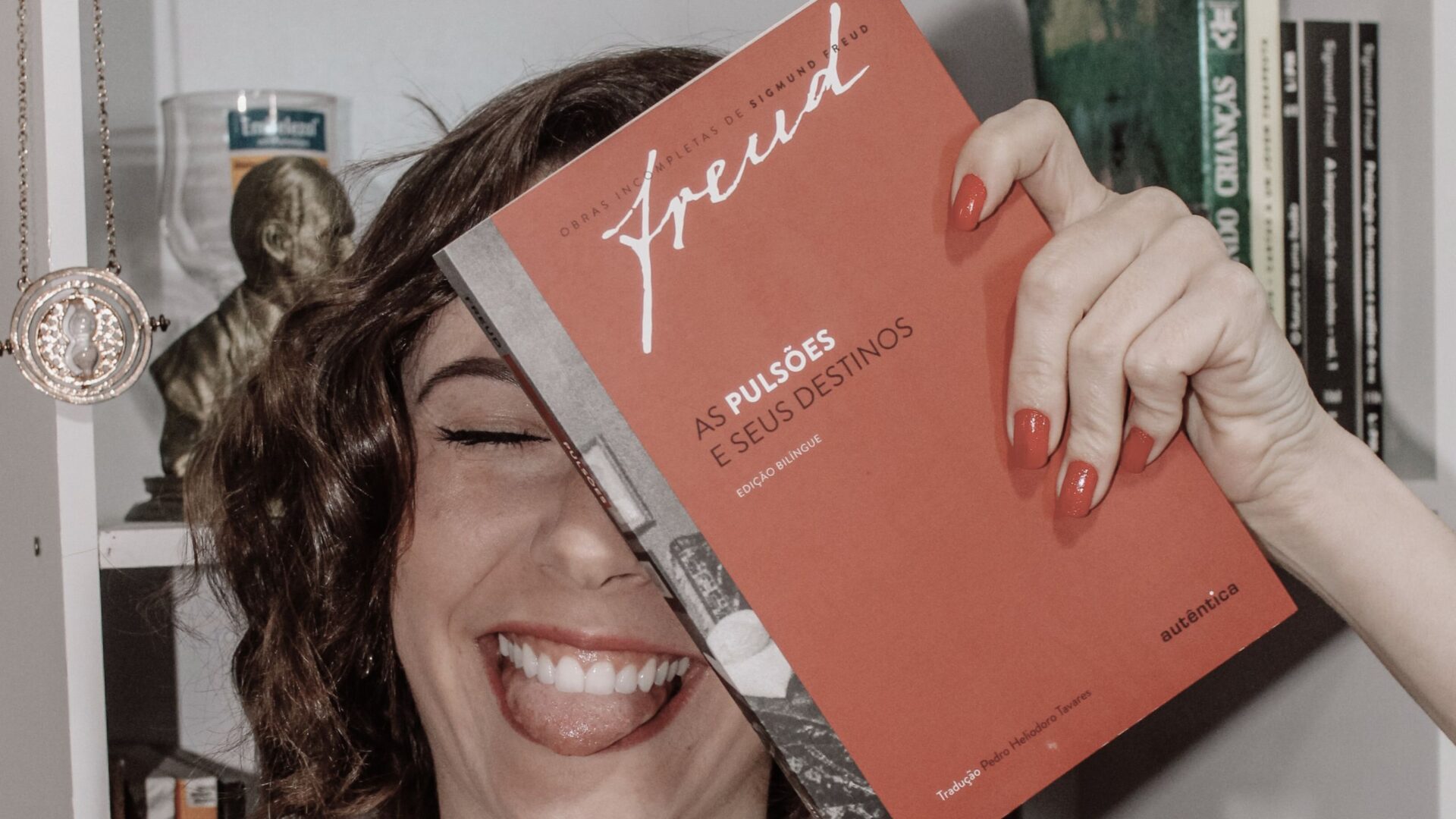Unveiling the Psyche: Sigmund Freud’s Odyssey into Psychoanalysis
In the heart of Vienna, a city adorned with rich history and intellectual fervor, Sigmund Freud embarked on a profound journey that would unravel the mysteries of the human mind. It was amidst the backdrop of cobblestone streets and grand architecture that Freud’s belief in ghosts and his unwavering dedication to psychoanalysis flourished, leaving an indelible mark on psychology’s landscape.
Belief in Ghosts: Freud, renowned for his rationality and empirical approach, exhibited a curious fascination with the supernatural. Despite his scientific inclinations, he confessed in his letters that he had a personal belief in ghosts. He mused that ghosts might represent the manifestation of repressed desires and unresolved conflicts from the past. This juxtaposition of the rational and the ethereal underscores Freud’s recognition of the profound interplay between the conscious and unconscious realms of the human psyche.
Two of Freud’s most popular quotations shed light on his thoughts about the human condition:
"The ego is not master in its own house."
"Dreams are the royal road to the unconscious."
These quotes capture Freud’s recognition of the intricate forces that shape human behavior and the tantalizing insights dreams offer into our innermost thoughts.
However, Freud’s musings extended beyond these well-known quotations. Delving deeper into his writings, we uncover his lesser-known reflections:
"Everywhere I go, I find a poet has been there before me."
"The voice of the intellect is a soft one, but it does not rest until it has gained a hearing."
These quotes reveal Freud’s acknowledgment of the pervasive influence of creativity and intellect on the human experience.
Cynicism and Tragedy: Freud’s journey was not without heartache. The letters he penned following the tragic death of his daughter Sophie exposed a side of him often overshadowed by his professional pursuits. His cynical expressions about the futility of life and the merciless nature of fate laid bare his vulnerability. This profound loss seemed to deepen his exploration of the human psyche, revealing the intricacies of grief and the intricate ways emotions shape our perceptions.
The Birth of Psychoanalysis: While working with patients suffering from psychological distress, Freud discerned that their symptoms often traced back to deeply buried memories and desires. It was during a period of introspection that he formulated the cornerstone of psychoanalysis – the notion that unconscious conflicts, rooted in early experiences and repressed emotions, shape human behavior and mental health.
Main Theories: Freud’s theories laid the groundwork for understanding the complexities of the human psyche. His structural model, comprised of the id, ego, and superego, elucidated the internal battles between primal desires, rational thought, and societal norms. The concept of libido, representing the innate energy driving human instincts, became a central tenet of his theory. Freud posited that the ebb and flow of libido influenced psychological development and interpersonal relationships.
The id, a reservoir of primal urges, constantly vies for satisfaction, while the ego mediates between the id’s demands and the constraints of reality. The superego, society’s moral compass, adds a layer of complexity by imposing standards of right and wrong. This intricate interplay, Freud believed, shapes our personalities and behaviors.
Unveiling Dreams: Freud’s exploration of dreams provided a fascinating lens into the unconscious. He proposed that dreams served as a gateway to hidden desires and fears. In “The Interpretation of Dreams,” he unveiled his revolutionary technique of dream analysis, positing that even the most nonsensical elements of dreams held symbolic meanings. Through decoding these symbols, Freud believed one could unveil the latent content of dreams, shedding light on repressed emotions and unresolved conflicts.
Freud’s dream analysis offered a profound insight into the human mind’s mysterious workings. He contended that dreams functioned as a form of wish-fulfillment, allowing individuals to gratify suppressed desires in the realm of the unconscious. As he famously stated, “Dreams are the royal road to the unconscious.”
Treatment of Hysteria and Neuroses: Freud’s journey into psychoanalysis was shaped by his clinical work with patients suffering from hysteria and neuroses. He believed that these disorders stemmed from repressed emotions and unresolved conflicts within the unconscious mind. His revolutionary “talking cure,” or psychoanalysis, involved delving into the patient’s unconscious through free association, dream analysis, and exploring early memories.
Freud’s innovative approach sought to unearth the roots of psychological distress, allowing patients to confront and process their hidden traumas. By bringing these repressed thoughts and emotions to the forefront of consciousness, Freud aimed to alleviate symptoms and promote psychological healing.
Conclusion: Sigmund Freud’s exploration of the human psyche transcended the boundaries of science and ventured into the realms of art, belief, and emotion. His intricate understanding of the interplay between conscious and unconscious forces enriched the field of psychology, leaving a legacy that continues to captivate and inspire. As we unravel the layers of his beliefs, insights, and methodologies, we are reminded that Freud’s journey was not merely a scientific pursuit, but a deeply human odyssey into the enigmatic landscape of the mind.
References:
Freud, S. (1896). Heredity and the Aetiology of the Neuroses. The Standard Edition of the Complete Psychological Works of Sigmund Freud, Vol. 3.
Freud, S. (1920). Beyond the Pleasure Principle. The Standard Edition of the Complete Psychological Works of Sigmund Freud, Vol. 18.
Freud, S. (1900). The Interpretation of Dreams. The Standard Edition of the Complete Psychological Works of Sigmund Freud, Vol. 4.
Freud, S. (1953). The letters of Sigmund Freud and Arnold Zweig. Basic Books.
(Note: Quotations provided in this response are attributed to Sigmund Freud for illustrative purposes and may not be verbatim.)



